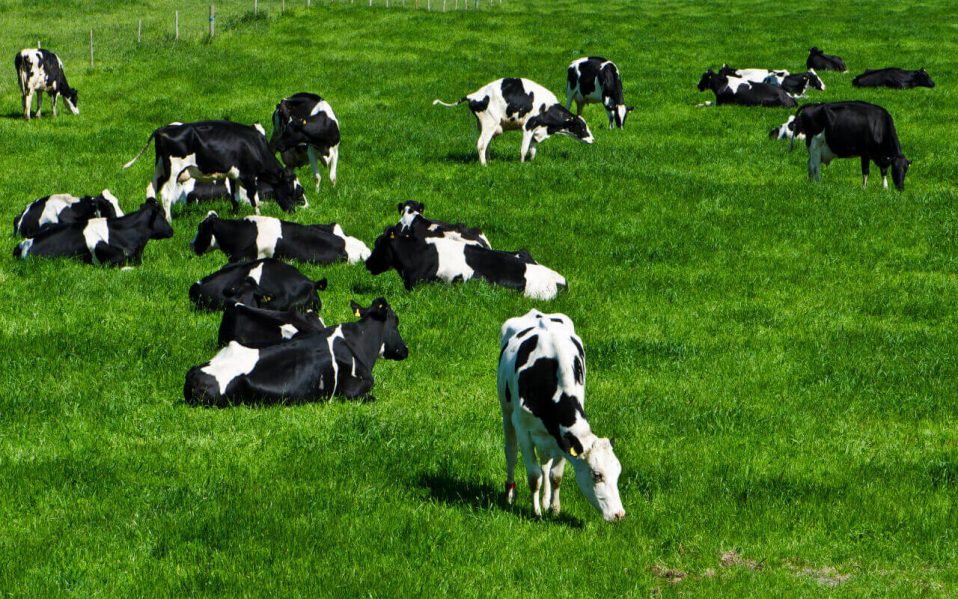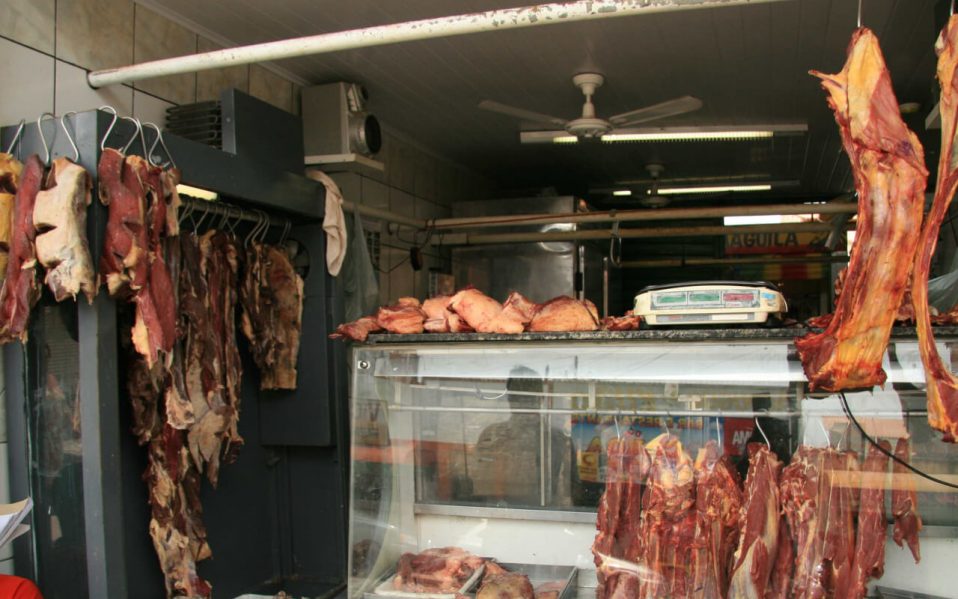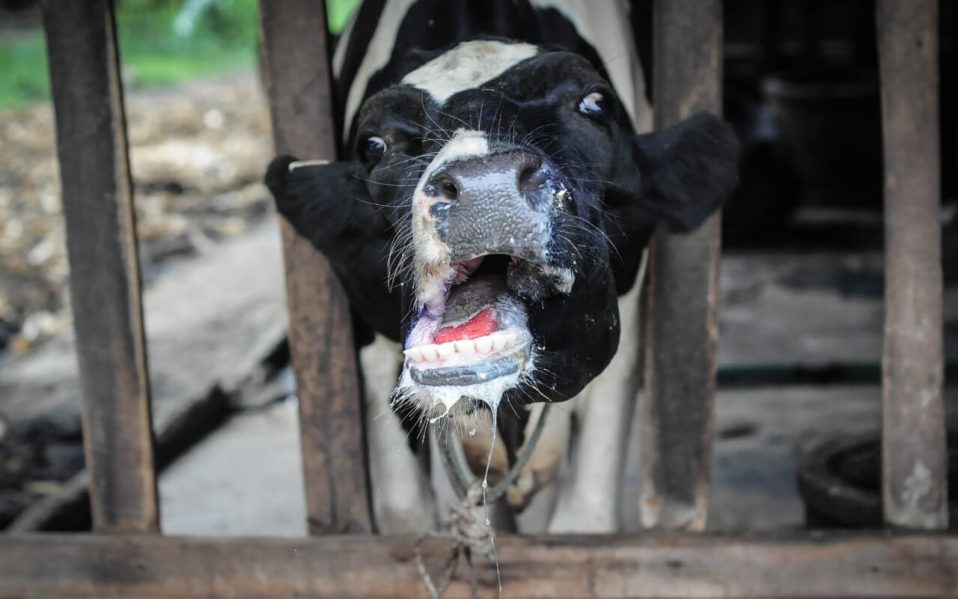Amaranths; also known as Terere or Mchicha; is a common delicacy in most urban centres in Kenya.
Its place among indigenous vegetables is undisputable.
While many love it for its tender; spicy leaves; there are those hooked to its unique; slightly acidic leaves; for their healthy dose of iron, vitamins and a range of minerals.
Among farmers; Mchicha remains a quick source of cash; mostly due to its short maturity period and high market demand.
In countries like India, China and southern America; amaranths, also known as Rajigia; or the grain of the kings; is more popular, not for its leaves; but for the tiny pseudo grain, which is ranked among the world’s healthiest foods.
Indisputable super food
The super food has been scientifically proven to contain up to 15 per cent protein, carbohydrates; vitamins and a wide range of dietary minerals, including iron, phosphorus and manganese.
The high nutritional content and a growing market is not the only benefit an amaranth grain farmer can expect.
The venture is also incredibly reliable; as the crop; also popular as a livestock feed, is highly drought-resistant and not prone to most grain ravaging pests and diseases.
This rare characteristic has endeared it to an increasing number of farmers in Kenya; mostly in drought prone regions such as lower Eastern and parts of the Rift Valley.
The grain amaranth is however not restricted to the arid and semi-arid regions. There are varieties that thrive in the high altitude regions; some yielding up to 1,200 kg of grain per acre.
Short crowing period
Most of the varieties grown in Kenya are also early maturing; taking between 45-75 days; an incredibly shorter period than most traditional crops. This gives farmers; more so those with access to irrigation, the golden opportunity of multiple harvests in quick succession. Even then; it is important to practice crop rotation to avoid the accumulation of harmful pests; more so fungal diseases.
Soil requirement
Another important consideration is the type of soil in which you establish the amaranth field.
Although the crop is highly versatile; and can grow well in a range of soil types; it is important to ensure the soil is well drained and rich in phosphorus.
DAP fertiliser may then be applied at a rate of 50 -100Kgs per acre; but whenever possible; organic fertilisers should be opted; as most buyers give a premium price for organically grown grains.
Planting density.
When establishing a grain amaranth field; a seed rate of 2Kgs per acre is recommended. This must however be well distributed to achieve an even spread and operation friendly spacing.
Many amaranth farmers are however used to broadcast planting; a practice highly discouraged as it often leads to poor yields due to crop competition; as well as increased labour during weeding and harvesting.
Other than broadcast the seed; farmers are advised to mix the tiny seeds with a medium such as sand at a rate of 1:3 to achieve an even distribution and spacing.
Marketing.
Once mature; the golden coloured seed can then be harvested and marketed either as grain; milled into flour; popped or even processed to oil.
Currently, most farmers in Kenya prefer to offload their grain straight to the market; at a price of Sh40 -Sh 80 per Kg.
Those willing to venture into flour milling; grain popping or other forms of value addition can make threefold or more.
[The writer is an agronomist, a science – journalist, and university lecturer (gmureithi@britsconsultants.org or gr.mureithi@gmail.com]
This article was first published in the ‘Smart Harvest’ feature of the Farmers TV.




